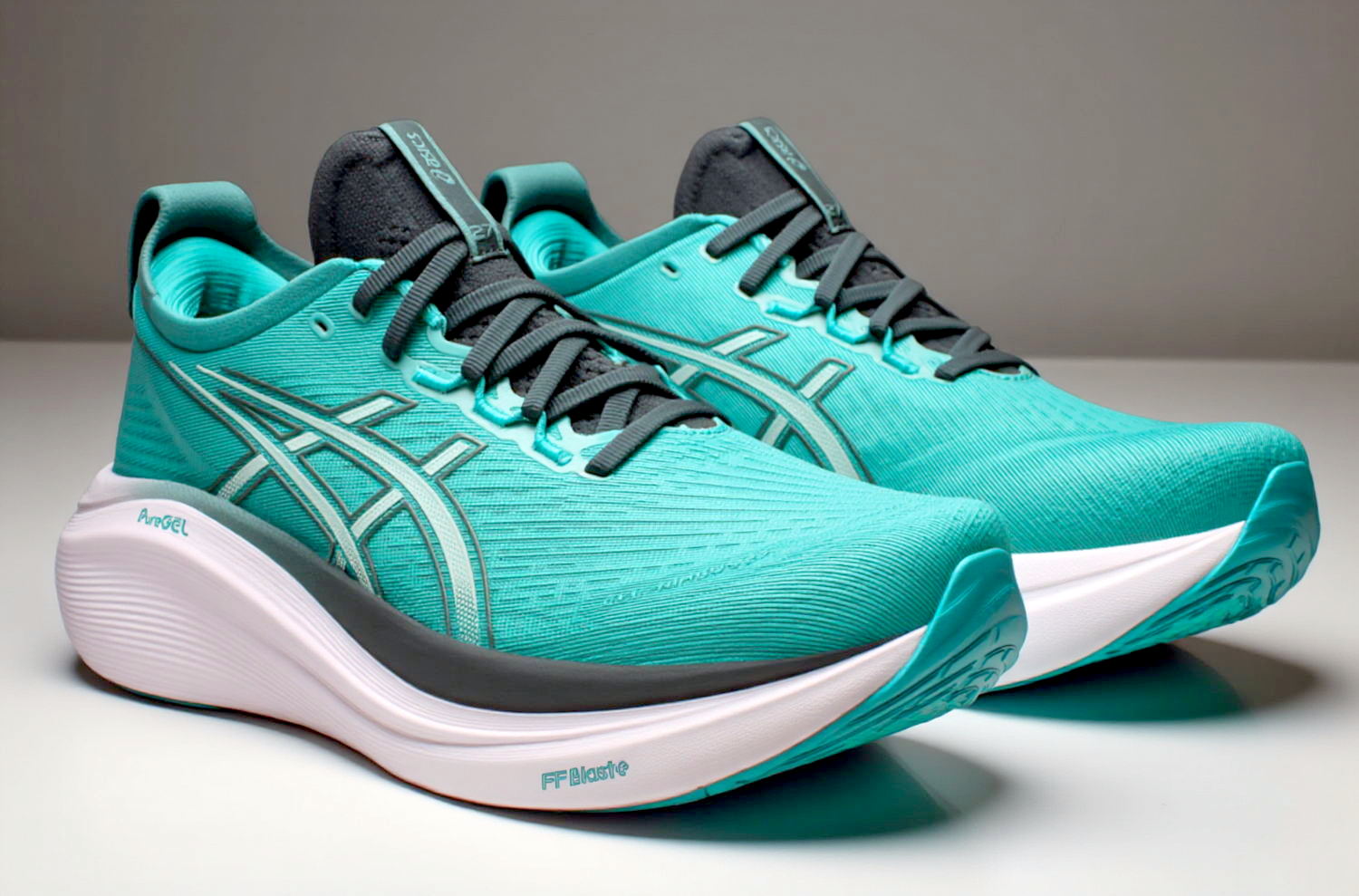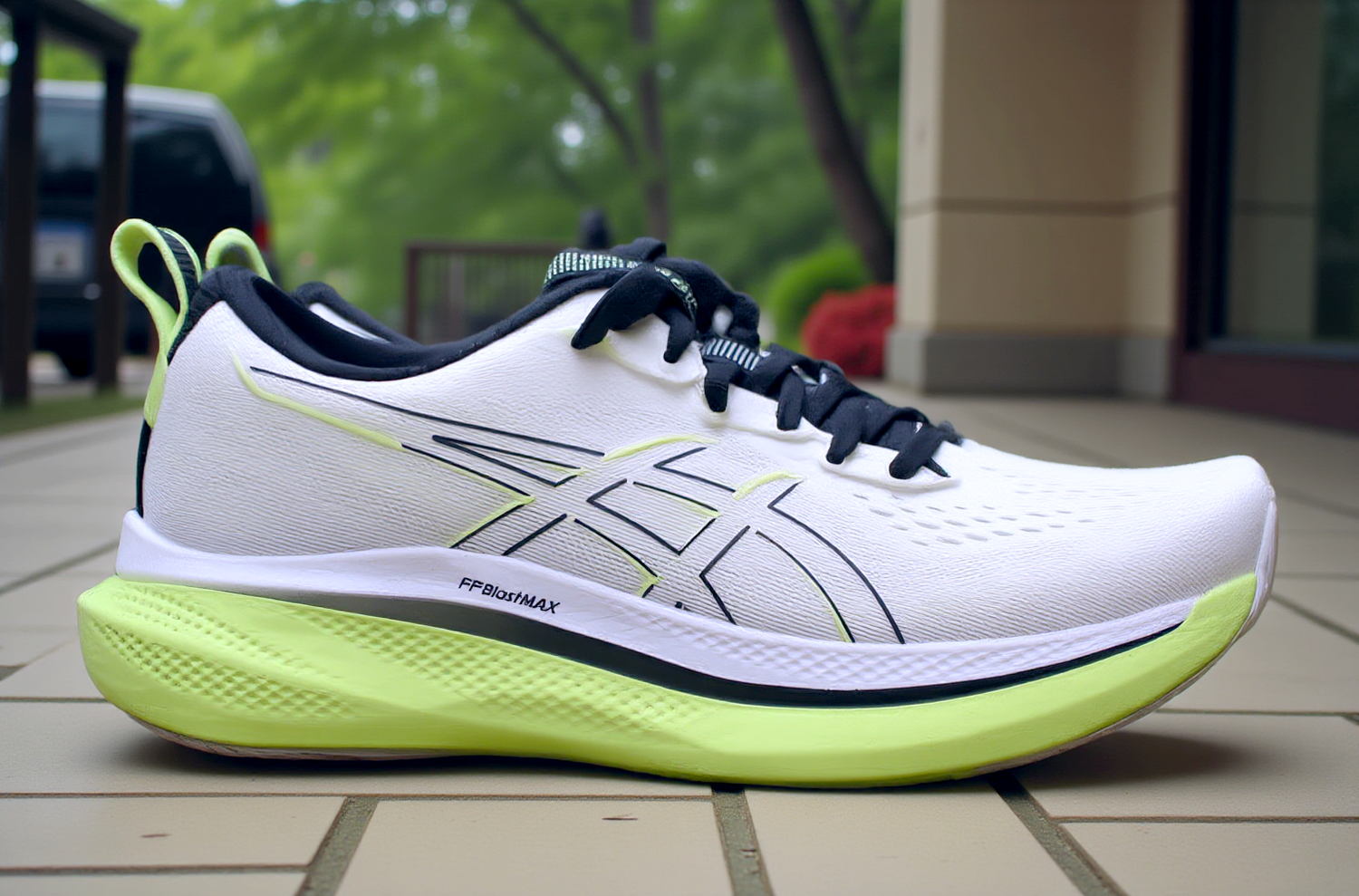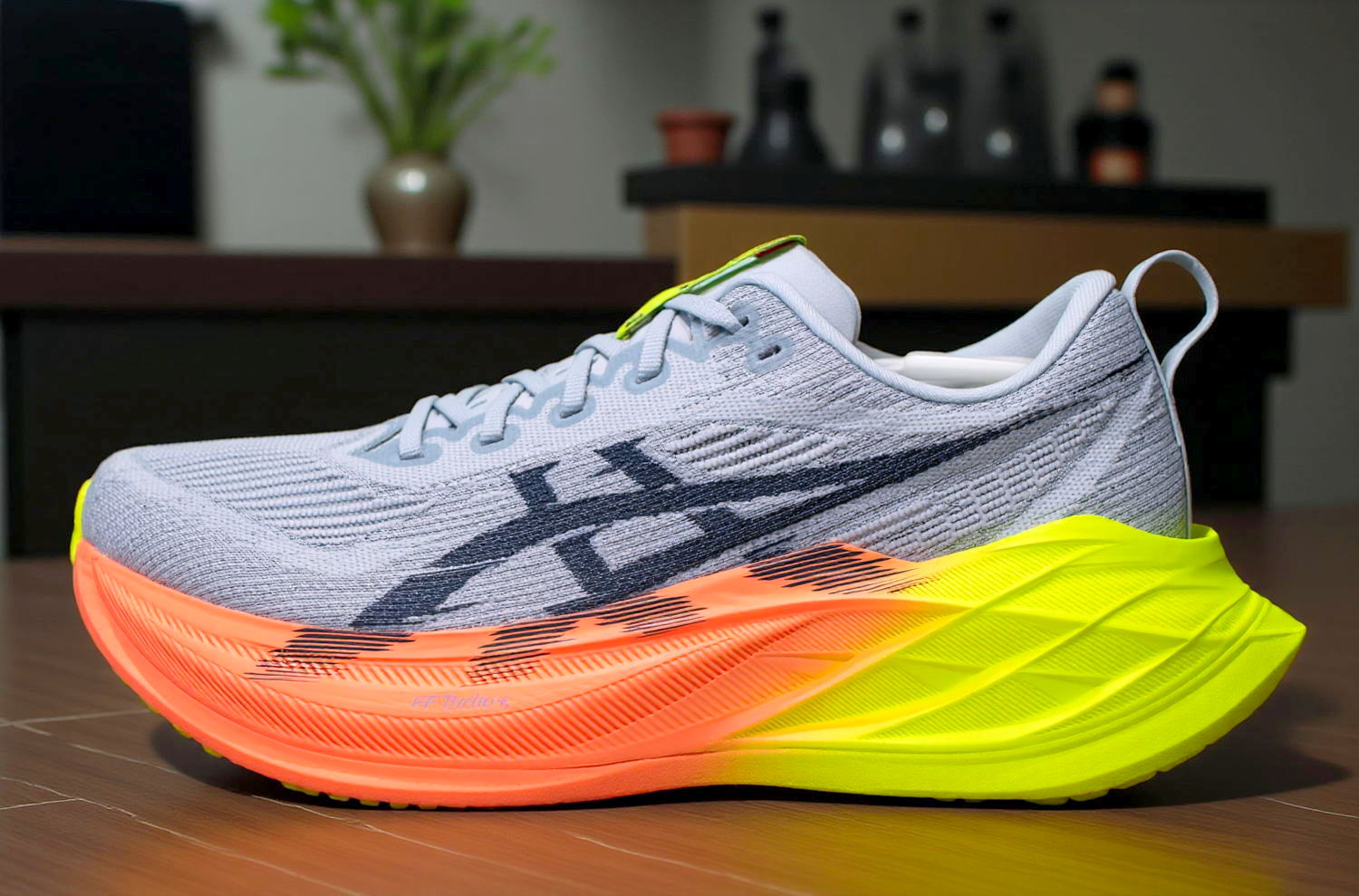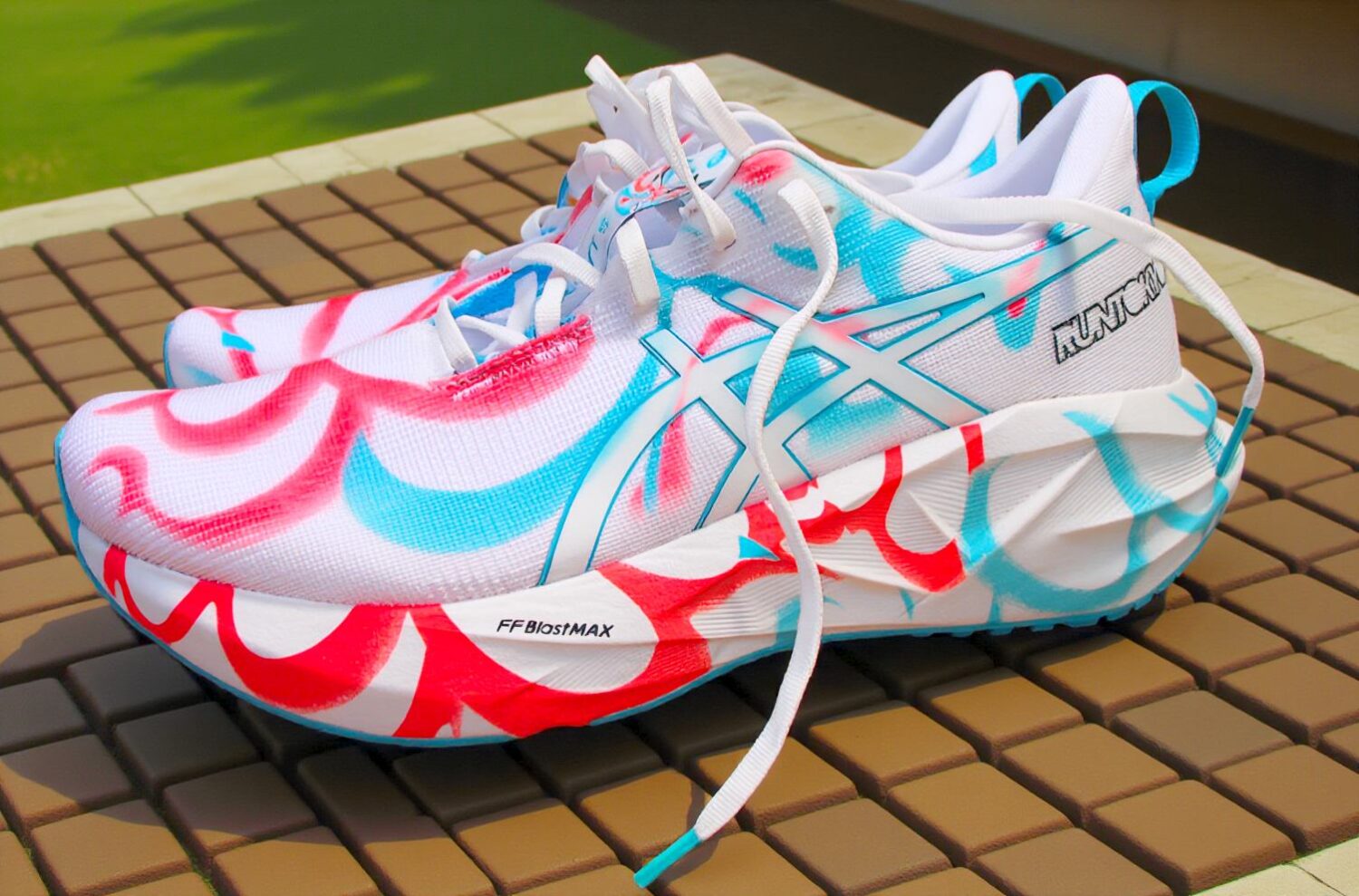ASICS Novablast 5 Review: The Ultimate Daily Trainer for Every Runner in 2025
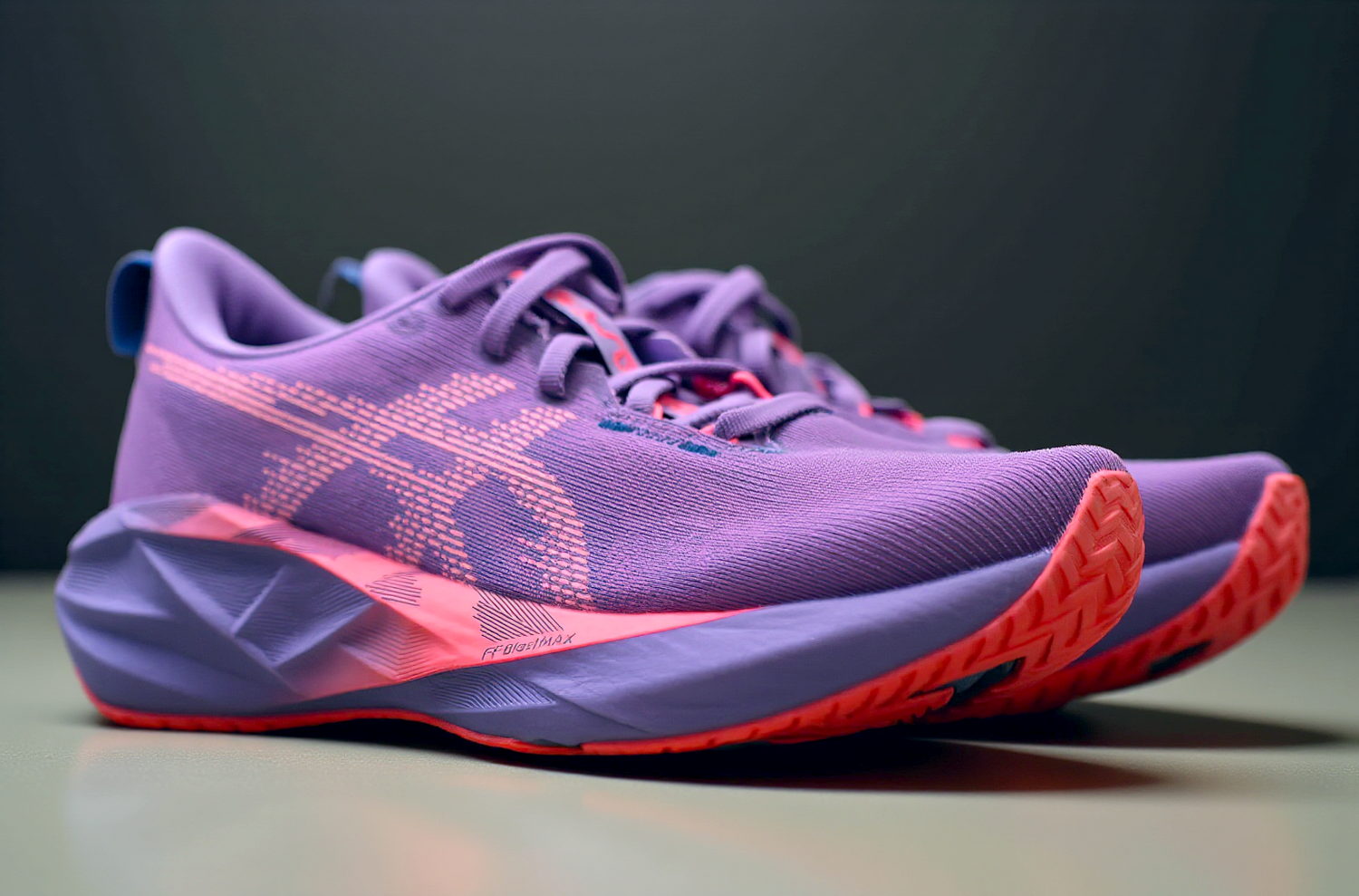
The ASICS Novablast 5 has arrived, marking another chapter in the evolution of one of the most celebrated daily training shoes in the running world. Priced at £135 ($140), this neutral, max-cushioned trainer promises a blend of comfort, versatility, and value that appeals to runners of all levels. With a redesigned midsole featuring FF Blast Max foam, a breathable jacquard mesh upper, and a familiar yet refined rocker geometry, the Novablast 5 aims to refine what made its predecessors successful while introducing subtle upgrades for 2025. But does it live up to the hype, and how does it stack up against its competitors and the beloved Novablast 4? In this in-depth review, we’ll explore every facet of the shoe—from its technical specs to real-world performance—offering insights for casual joggers, marathoners, and everyone in between.
🏃♂️ Overview: What Makes the ASICS Novablast 5 Stand Out?
The ASICS Novablast series has carved a niche as a go-to daily trainer, balancing plush cushioning with enough responsiveness to handle a variety of runs. The fifth iteration builds on this legacy with a softer midsole, improved breathability, and a price point that undercuts many rivals. Weighing 260g (9.2 oz) in a US men’s size 9, it maintains a lightweight feel despite its generous 41.5mm heel stack and 8mm drop. Designed for neutral runners, it’s a versatile option that excels at easy miles but offers enough pop for faster efforts when conditions align.
🔍 Key Specifications at a Glance
- Price: £135 / $140
- Weight: 260g (9.2 oz) (US men’s size 9)
- Stack Height: 41.5mm (heel), 33.5mm (forefoot)
- Drop: 8mm
- Midsole: FF Blast Max foam
- Upper: Jacquard mesh
- Outsole: AHAR rubber with trampoline-inspired design
- Category: Neutral, max-cushioned daily trainer
This shoe isn’t a radical departure from the Novablast 4 but refines the formula with a softer, bouncier ride and a more accommodating fit. Let’s dive into the details.
🛠️ Design and Technology: A Closer Look at the Novablast 5
The Novablast 5 combines cutting-edge materials with thoughtful design tweaks to enhance comfort and performance. Here’s how its components come together.
🧵 Upper: Breathable Comfort Meets Secure Fit
The switch from the Novablast 4’s woven upper to a jacquard mesh marks a significant upgrade in breathability. This open, airy material ensures excellent ventilation, making it ideal for warm weather—though it may leave toes chilly in winter. The fit is true-to-size for most, with a roomy toe box that accommodates natural foot splay, a secure midfoot lockdown, and a padded heel collar that prevents irritation. Runners with average to slightly wider feet will find it forgiving, though narrow-footed individuals might need to cinch the laces tighter.
- Pros: Spacious toe box, plush padding, excellent airflow
- Cons: Tongue is slightly short, potentially tricky to adjust
🧲 Midsole: FF Blast Max Brings Softness and Bounce
The star of the Novablast 5 is its FF Blast Max midsole foam, replacing the denser FF Blast Plus Eco of the Novablast 4. This new compound—first seen in the GlideRide Max—offers a softer, squishier feel with a touch more energy return, likened by testers to a “dense gummy bear.” The 41.5mm stack height delivers max-cushion protection, while the rocker geometry smooths transitions from heel to toe. However, the softness trades some stability and responsiveness compared to its predecessor, shining brightest at moderate paces or when runners are feeling fresh.
- Stack Comparison:
- Heel: 41.5mm
- Forefoot: 33.5mm
- Drop: 8mm (unchanged from Novablast 4)
- Ride Characteristics: Smooth, cushioned, with moderate bounce—best for cruising, less ideal for all-out speed.
👟 Outsole: Durability with a Grip Caveat
The trampoline-inspired outsole retains its signature look, paired with a generous layer of AHAR (ASICS High Abrasion Rubber) for durability. After 320 km (200 miles), testers report minimal wear, suggesting this shoe can handle 640–800 km (400–500 miles) of training. However, grip falters on wet surfaces—a recurring critique of the Novablast line. While fine on dry pavement and light trails, it struggles on slick concrete, requiring cautious footing in rainy conditions.
- Durability Rating: High (minimal wear after 320 km)
- Grip Rating: Moderate (excels in dry conditions, slips in wet)
🏃♀️ Performance: How the Novablast 5 Feels on the Run
To truly understand the Novablast 5, we need to hit the pavement. Testers logged over 320 km (200 miles) across easy runs, long hauls, and even track sessions. Here’s the breakdown.
🌟 Easy Runs: A Plush, Protective Companion
At slower paces—think 6:00–7:00 min/km (9:40–11:18 min/mile)—the Novablast 5 excels. The thick FF Blast Max foam absorbs impact, protecting legs during recovery runs or high-mileage weeks. The rocker geometry encourages a rolling stride, making it effortless to “tick off the miles.” Testers praise its smooth ride and stability, aided by wide foam sidewalls and a broad platform, even for heel strikers recovering from injuries like sprained ankles.
⚡ Faster Efforts: Energetic When You’re On Form
Push the pace to 4:30–5:00 min/km (7:15–8:00 min/mile), and the Novablast 5 reveals a livelier side. On days with good form and fresh legs, the foam feels springy off the forefoot, offering a controlled bounce that rivals pricier shoes like the ASICS Superblast 2. However, when fatigue sets in, the softness can feel “soggy,” amplifying a sluggish stride. It’s not a tempo or race-day shoe but handles moderate up-tempo runs admirably for a daily trainer.
🏞️ Long Runs: Marathon-Ready Comfort
For distances beyond 32 km (20 miles), the Novablast 5 proves its worth as a cushioned workhorse. Testers planning marathon tests note its leg-saving padding and roomy toe box, ideal for swelling feet during ultras or long training runs. While it lacks the snappy propulsion of carbon-plated racers, its comfort and reliability make it a contender for marathoners prioritizing finish-line ease over speed.
📉 Long-Term Feel: Bounce Fades, Comfort Stays
After 320 km (200 miles), the midsole loses much of its initial bounce, transitioning from lively to notably softer. This shift relegates it to easy and moderate runs, as the energy return diminishes. The outsole grip also declines, slipping more on wet surfaces. Yet, the shoe remains comfortable and structurally sound—no fraying, no heel holes—suggesting it can still log miles as a recovery option.
⚖️ Comparison: Novablast 5 vs. Novablast 4 vs. Competitors
How does the Novablast 5 stack up against its predecessor and peers in the daily trainer category? Let’s break it down.
🆚 Novablast 5 vs. Novablast 4
- Midsole: Novablast 5 (FF Blast Max) is softer and bouncier; Novablast 4 (FF Blast Plus Eco) is firmer and snappier.
- Upper: Novablast 5’s jacquard mesh is more breathable than the Novablast 4’s woven material.
- Ride: Novablast 5 prioritizes comfort; Novablast 4 offers more versatility for faster paces.
- Verdict: Choose 5 for plush easy runs, 4 for a do-it-all trainer (especially if on sale).
🆚 Competitors in the $140 Price Range
| Shoe | Weight | Drop | Stack (Heel) | Key Feature | Best For |
|---|---|---|---|---|---|
| ASICS Novablast 5 | 260g (9.2 oz) | 8mm | 41.5mm | Soft, bouncy FF Blast Max | Easy runs, long mileage |
| Nike Pegasus 41 | 280g (9.9 oz) | 10mm | 36mm | Dual Air Zoom units | Versatile daily training |
| Hoka Clifton 9 | 248g (8.7 oz) | 5mm | 32mm | Lightweight, low-drop rocker | Lightweight cushioning |
| Puma Velocity Nitro 3 | 262g (9.2 oz) | 8mm | 36mm | Nitro foam responsiveness | Budget-friendly speed |
| Saucony Ride 17 | 282g (9.9 oz) | 8mm | 35mm | Dense, durable cushioning | Stable daily miles |
- Nike Pegasus 41: Higher drop and slightly heavier, with a snappier ride but less cushioning.
- Hoka Clifton 9: Lighter and lower drop, but less plush than the Novablast 5.
- Puma Velocity Nitro 3: Comparable weight and drop, with a livelier feel at a lower price.
- Saucony Ride 17: Heavier and denser, prioritizing stability over softness.
The Novablast 5 shines for its cushion-to-weight ratio and value, though it lags in wet grip and top-end speed compared to some rivals.
👍 Pros and Cons: Weighing the Novablast 5
Pros
- Exceptional Comfort: Plush cushioning and a roomy fit pamper feet on long runs.
- Great Value: £135 ($140) delivers premium features at a mid-tier price.
- Versatile Ride: Handles easy miles, long runs, and moderate paces well.
- Durable Build: Minimal wear after 320 km (200 miles).
- Breathable Upper: Keeps feet cool in warm conditions.
Cons
- Wet Grip Issues: Slippery on damp surfaces, a persistent Novablast flaw.
- Bounce Fades: Midsole loses energy return after 320 km (200 miles).
- Not for Speed Demons: Lacks the snap for fast workouts or races.
🎯 Who Should Buy the ASICS Novablast 5?
The Novablast 5 is ideal for:
- New Runners: Seeking a cushioned, forgiving one-shoe solution.
- Daily Trainers: Wanting a reliable workhorse for weekly mileage.
- Long-Distance Enthusiasts: Needing leg protection for marathons or ultras.
- Budget-Conscious Buyers: Looking for max cushioning without breaking the bank.
Skip it if you:
- Run frequently in wet conditions.
- Prefer a firm, responsive ride for speedwork.
- Already own the Novablast 4 and love its versatility.
🌍 Final Verdict: A Worthy Evolution for 2025?
The ASICS Novablast 5 isn’t the most exciting update to the line—it lacks the punchy wow factor of the original or the all-round brilliance of the Novablast 4. Yet, it’s a refined, comfortable daily trainer that delivers exceptional value and plushness for £135 ($140). Its softer FF Blast Max midsole and breathable upper cater to runners craving cushioning and ease, though the trade-off is reduced versatility and longevity in bounce. For easy miles, recovery runs, or marathon training, it’s a standout choice—just don’t expect it to keep pace with speed-focused peers or grip like a trail shoe in the rain.
As of February 22, 2025, the Novablast 5 cements its place among the best daily trainers, rivaling the Nike Pegasus 41 and Hoka Clifton 9 with a unique blend of softness and affordability. Whether you’re logging your first 5 km (3.1 miles) or your hundredth 42 km (26.2 miles), this shoe has the DNA to get you there in comfort.

